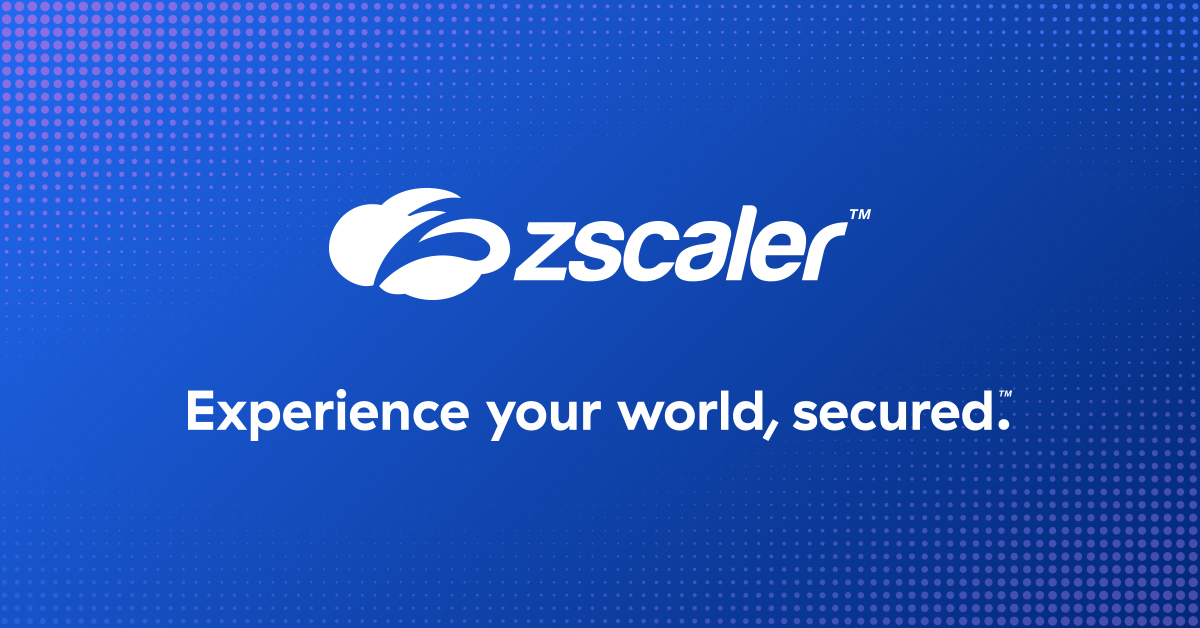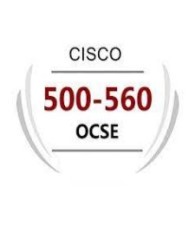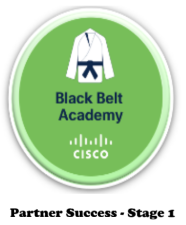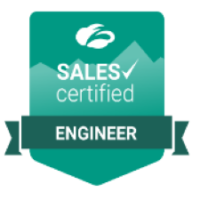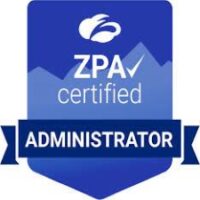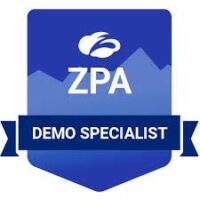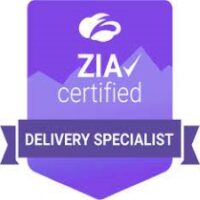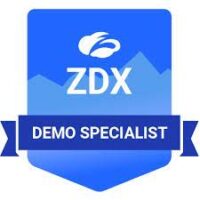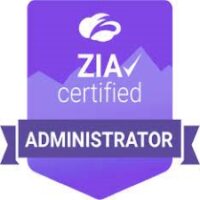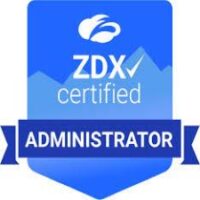Post Content
Many years ago, businesses were starting to make the move from analytics to big data, and I was looking for the right vendor to help my team do the same. My organization had already been approached by an established brand claiming their solution could solve all our problems. But a smaller, less well-known company in California had also approached us with a significantly cheaper bid.
Now, typically, when one solution is offered at a different price point than another, you’d assume the two technologies are not made equal. But when I had my team do some research into both companies and test the cheaper product, their feedback was overwhelmingly positive. As a CIO, I had to decide which solution would be the best fit for my organization.
How are IT vendor decisions influenced?
I had also learned that one of our key competitors had recently started to work with the smaller company, so I jumped on the phone to get my CIO counterpart’s opinion. After this reference call, I confidently made the decision to go with this smaller, less well-known vendor and they became integral to our IT strategy for many years.
Being able to have a conversation with someone who holds the same C-level role at another company is worth more to me than any other independent opinion in the IT decision-making process. It allows you to hear first-hand about the style of the organization you are considering—is it a marketing-led or engineering-led organization? How approachable is the vendor’s leadership in case of a crisis? These softer factors are increasingly important for a CTO/CIO when making technological decisions for their business and should be taken into account before any decision is made.
But how should you weigh your decision-making process and what are the factors you should prioritize over others when making a C-suite decision that will have an impact on your organization for decades?
Weighing deciding factors
When I was the CIO at Engie, networking with the right peers outside of my organization was essential to ensuring I was making the right choice as a member of the C-suite. As CIO, CTO, or CISO, you will need to make product decisions that may impact your business for years to come. If you get it right, then it is fine (though no one will thank you). But, if you get it wrong, then you are the first in the firing line.
What mattered most to me when I was making a product decision was ensuring I had the team around me doing their due diligence – purchasing would check the vendor, legal would review the contracts, engineers would test the solution – and their feedback would account for 50% of my decision whether to move forward or not. The other 50% was determined by what competitors in my field were doing. If you choose a product that you believe to be the best for your business, but are the only person to do so, you may soon become exposed when that product fails to secure funding for its next evolution.
Becoming an early follower
There are some businesses and members of the C-suite who are known as pioneers and innovators. They are always on the cutting edge of technology and feel comfortable leaping into the abyss with the next product that promises to revolutionize the business. this is a risky strategy.
While I respect and admire these people, most business leaders don’t have the opportunity or courage to risk it all. They must be more cautious in their approach. Of course, if you exercise too much caution, you risk becoming an industry laggard and losing ground to competitors. Instead, my approach was to be an ‘early follower’.
To do this, you must be a keen observer of your industry and aware of big moves being made by competitors. In practical terms, it means taking the time to attend meetings and events where you can network with your counterparts and understand which technologies are the next sure bet. Armed with this intelligence you can invest early enough that you are ahead of the curve—giving you not only a competitive advantage with customers but ensuring you have exciting solutions to entice future employees to join your team.
Conclusion
In summary, building a network of trusted colleagues is paramount because collaboration drives innovation and helps organizations move forward. The Zscaler CXO Exchange in Amsterdam on 26 – 27 March 2024 is an excellent opportunity for C-suite members to stay on top of the latest solutions and trends. By attending, you’ll gain insights from peers facing similar challenges and engage in open conversations, brainstorming sessions, and collaborative workshops to help you navigate the ever-evolving landscape with confidence.
Whether you’re a CIO, CISO, or CTO, staying on top of the innovations discussed at the event can help you make informed, visionary decisions. I hope to see you in Amsterdam.
This blog first appeared on the CxO Revolutionaires Website.
View the agenda and register to join us.

